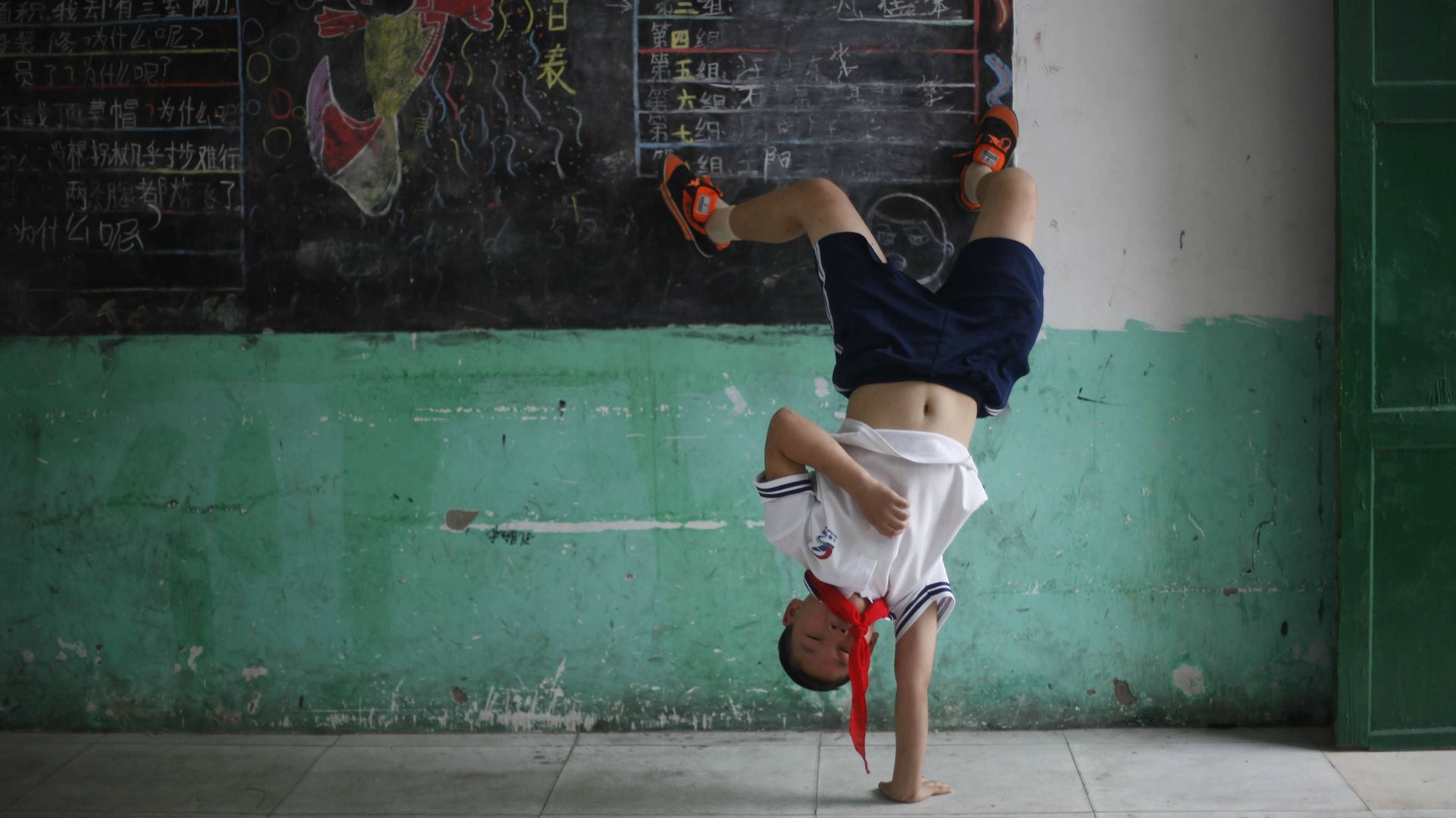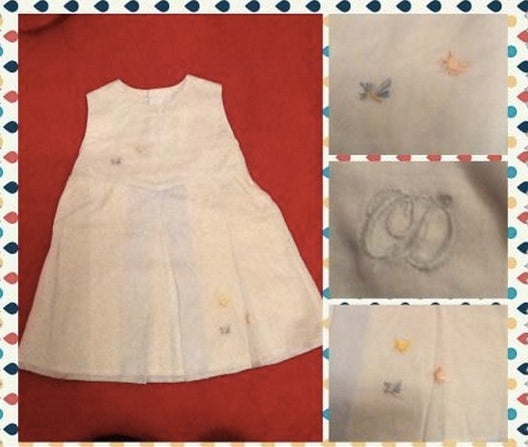In the land of the one-child policy, children’s wear is the next boom industry
Investors are betting that China’s kids’ wear industry has a lot of room to grow. Today (March 18), Standard Chartered Private Equity said it would invest in Guangdong Aiyingdao Children Department Store (paywall), a retailer for kids and maternity goods with stores across China.


Investors are betting that China’s kids’ wear industry has a lot of room to grow. Today (March 18), Standard Chartered Private Equity said it would invest in Guangdong Aiyingdao Children Department Store (paywall), a retailer for kids and maternity goods with stores across China.
As Chinese residents grow wealthier, they are spending more on almost all goods, including clothing. The country’s per capita annual fiber consumption jumped from 4.1 kg (9 lb) in 2000 to 20.3 kg in 2008. But somewhat surprisingly, in a country that’s enforced a policy for the past 30 years limiting many Han Chinese families to one child per couple, one of the fastest growing retail segments is children’s wear.
Standard Charterred Private Equity is just the latest to put a bet on the sector. In February, RRJ Capital bought a majority stake in Kingkow, a Hong Kong-based kid’s clothing retailer with stores in China and Southeast Asia. Lunar Capital Management, based in Shanghai, in January also announced a a venture to expand the Italian children’s clothing line, I Pinco Pallino, into China. Luxury children’s wear lines have already been launched in the country by Gucci, Burberry, Dior and Armani. Domestic brands like sportswear company Li Ning are expanding their children’s lines, and one of China’s top billionaires, Qiu Guanghe, owes a fair chunk of his $2.1 billion fortune to children’s clothing sales by his company Zhejiang Semir Garment.

Rising Chinese incomes paired with what some call the 4-2-1 family structure (four grandparents, two parents, one child) has meant more money is spent on kids’ items. Urban families devote nearly 30% of their expenditures to items for their children, according to China’s National Bureau of Statistics. Spending on children’s products, which includes clothes, toys and milk formula and other goods, is estimated to reach $1,256 a household by the end of this year from $633 in 2009, according to the US consultancy Frost & Sullivan.
Even if China reverses its one-child policy, as has been rumored, the trend of spending on the country’s already existing single children (the “little emperors”, as they’re known) looks likely to continue for a while. While China’s young, those under the age of 15, make up only about 16% of the population, the total numbers are still large: 223 million at the end of 2012 according to the NBS.